7 Secret Money Traps at Walmart
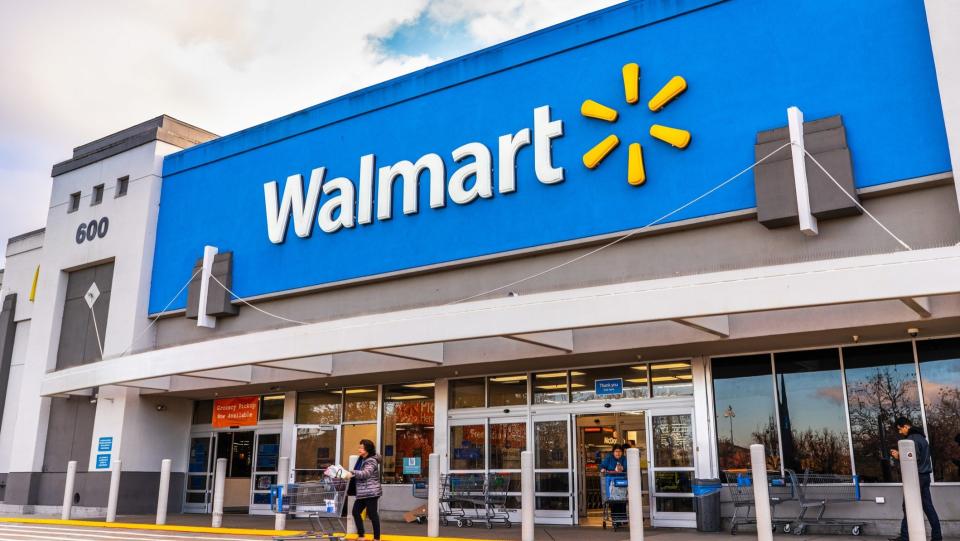
Every time you go shopping and think you've stumbled on a good deal, the truth is, you've actually been manipulated at least a little bit into thinking as much. While some of the deals you get truly are good, there's a lot of psychology employed in marketing tactics to get you to find them and spend money on them.
Find Out: 11 Things You Should Never Buy at Walmart
Important: Where To Use SNAP Benefits This Summer
Big-box store Walmart isn't a low-price leader for nothing -- it knows how to price, market, stage and shelve items and make sure you come away from your shop feeling like you got the best deals on everything you came for and a handful of items you didn't even know you needed. Here we look at several of the "money traps" Walmart employs to get you to part with even more of your money when shopping there.
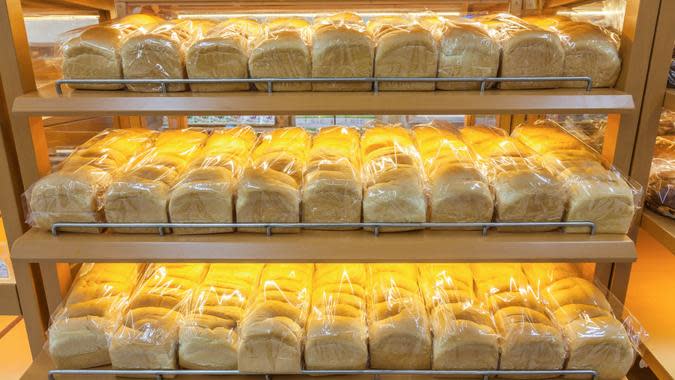
The Scent of Baked Goods
Everyone loves the smell of something yummy baking, from fresh bread to chocolate chip cookies, the smell of baked goods can draw you in like a cartoon character following a cloud of steam. According to the American Baker's Association, stores that include a bakery up front are more likely to draw customers in with their delectable smells and the emotional connections that brings. Walmarts with a bakery typically put them up front, and they likely help drive sales.
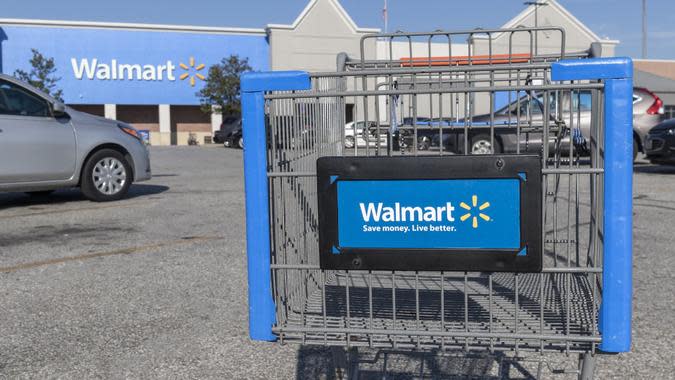
A Bigger Cart
You're not that gullible, you might think -- surely just having a bigger shopping cart doesn't mean you're going to buy more things. Well, according to Mashed, it might be that simple. Walmart's shopping carts are bigger than the average grocery store. While that might not drive you to buy more things straight up, when you pass a case or palette that just looks like a steal and hey, it also fits in your cart, you'll be a lot more likely to go for it than if you're carrying a basket or pushing a small cart. What's more, though they don't appear to be in effect yet, Walmart applied for a patent to create "biometric" shopping carts that would be able to read info like blood pressure and heart rate while you shop -- who knows how that might be used to market things to you.
POLL: Are You Concerned That Social Security Benefits Will Be Reduced During Your Lifetime?
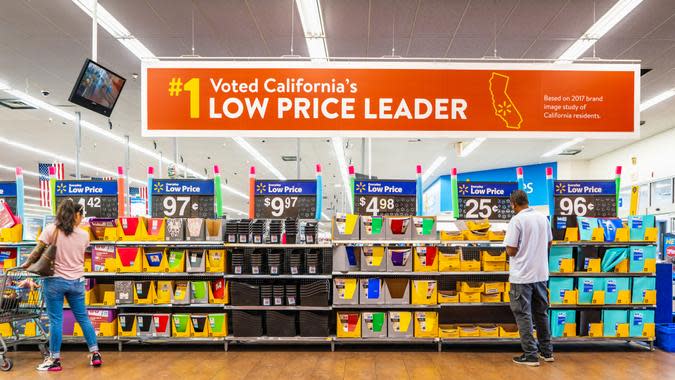
'Everyday Low Prices'
What's wrong with low prices, you might ask? Nothing at all, and while it's often true that Walmart prices are lower on many products than at other stores, they've built in a concept that creates customer loyalty, known as "Everyday Low Prices." You can expect certain low prices on items all over the store, and they want to make sure you don't forget it. According to Mashed, consumer experts say that an individual store may have as many as 100 signs reminding customers of this fact. After a while, that messaging gets in your head and makes you keep coming back or purchasing more.

Popular Items in The Back
While every Walmart is sized differently, they range from 15,000-square-foot "express" stores to 260,000-square-foot "supercenters," according to 24/7 Wall Street. And the more foot traffic you put into those stores, the more likely you are to see things you want to purchase. Thus, Walmart often puts popular items in the back of the store, requiring customers to traverse more products on their trek to what they need.
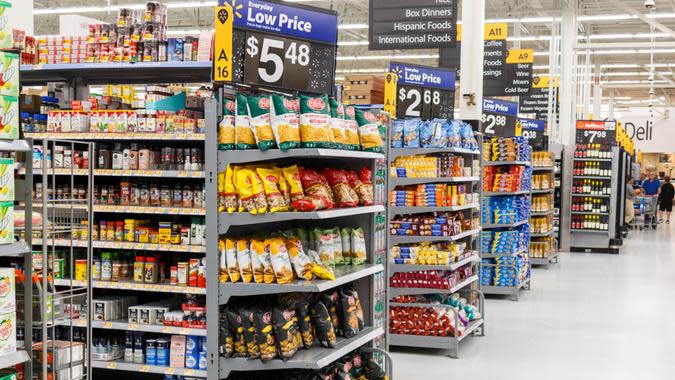
Rollback Pricing
Walmart could just put something on "sale" but instead, it calls a temporary discount on an item "rollback pricing." This makes it sound as though it is being kind or doing customers a favor, and rolling back costs just for you. Who wouldn't want to take advantage of that? The unspoken message within this framing is that the price will eventually roll back to its original, higher price, so you should get it while it's low.
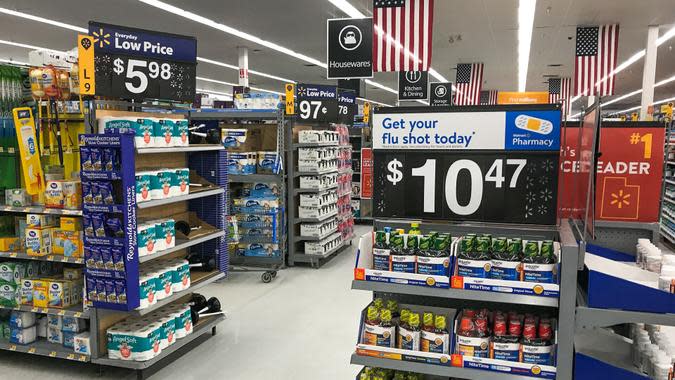
They Utilize 'Action Alley'
In a big-box store, there's typically a wide aisle that runs in a big square all around the store. It can include items for sale as well as paths to walk. This is known as "Action Alley" and according to the 8th and Walton blog, this alley has long been a crucial part of Walmart's marketing strategy. Walmart stores tried to do away with merchandise in Action Alley around 2008 and 2009 after feedback that customers thought the aisles were too cluttered. Yet when it did, sales fell. It eventually brought them back in high traffic areas, driving sales.
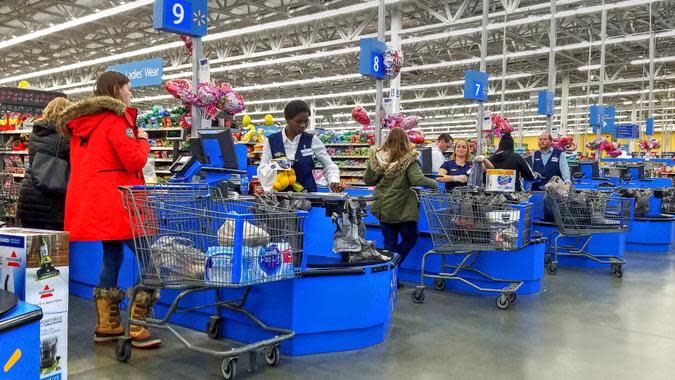
Last-Minute Needs
The term for buying something you didn't know you needed until you lay eyes on it is "impulse buying" and Walmart is notorious for stocking up on the kind of impulse buy items that customers realize they need as they checkout: candy, small toys, magazines and other items, according to Business Insider.
More From GOBankingRates
This article originally appeared on GOBankingRates.com: 7 Secret Money Traps at Walmart

 Yahoo Sports
Yahoo Sports 